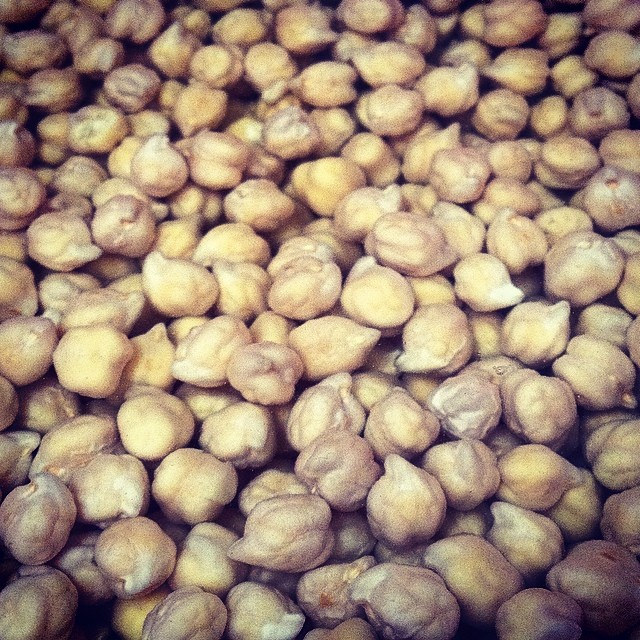It’s now officially spring, which means that the USDA Prospective Plantings Report has been published. Following Joe Janzen’s last post, I’d say there weren’t any big surprises in this year’s report. But we are expecting to see some changes in major crop acreage in reaction to market dynamics.
Here’s my breakdown for some of the crops I think about on a regular basis (no cotton here),
and a couple others I found interesting.
Wheat: Across the U.S., we are down 8% to 46.1 million acres. This is the lowest acreage since record keeping began in 1919. That sounds like a big deal, but likely won’t help a whole lot with the current low price situation. Stocks are up 21% from last year in the US, and globally we are slated to have another record production year. In Montana, the overall wheat forecast is flat, but types planted will move around a bit. Montana winter wheat acreage is expected to decline by 16% to 1.9 million acres. Durum acres are expected to decline by 12%. However, those decreases are offset by other spring wheat acreage, which is estimated to increase by 21% to 2.6 million acres.
Barley: U.S. barley acreage is estimated to decline by 17% from last year to 2.5 million acres. In Montana, barley acreage is estimated to fall 30%(!) from last year (from 990 to 690 thousand acres). (North Dakota’s barley acreage is estimated at 470 thousand acres—less than half of the 1.1 million planted in 2015). The story likely results from several factors. High yields coupled with quality concerns, uncertainty in contracts, and low feed barley prices have made pulse crops look like they might be worth a try for many producers.
Pulses:
Dry Beans: U.S. acreage is up by 12% to 1.9 million acres. Montana acreage is expected to double (again) to 210 thousand acres. In Montana, the vast majority of dry bean acreage is in chickpeas, which doubled from last year to 198 thousand acres.
Lentils: U.S. lentil acreage is estimated to increase by 13% to just over 1 million acres in total. Montana increases acreage, once again, by 23%, to 640 thousand acres.
Dry peas. U.S. acreage declined by approximately 20% to what it was in 2015—1.1 million acres. Montana acreage declined by 25% to 460 thousand acres.
Montana pea and lentil acreage changes within the state essentially offset each other; including the increase in dry beans brings the change in pulse acreage to a net increase in Montana.
Other items of interest:
Corn: Across the U.S, corn acreage is down slightly (4%) to 90 million acres, but last year was a big year. Montana corn acres are expected to increase slightly, as we have for the past several years, up 5% to 120 thousand acres. North Dakota acreage declined by the nationwide average—4%.
Canola: U.S. acres are projected to increase by 12% to 1.9 million acres; Montana is projected to increase by 77% to 110 thousand acres.
Soybeans: Across the US, soybean acres are projected to increase by 7% to 89.5 million acres. North Dakota prospective acreage increases by 14% to 6.9 million acres; nearly all other crops planted in North Dakota have a prospective decline in acreage.

